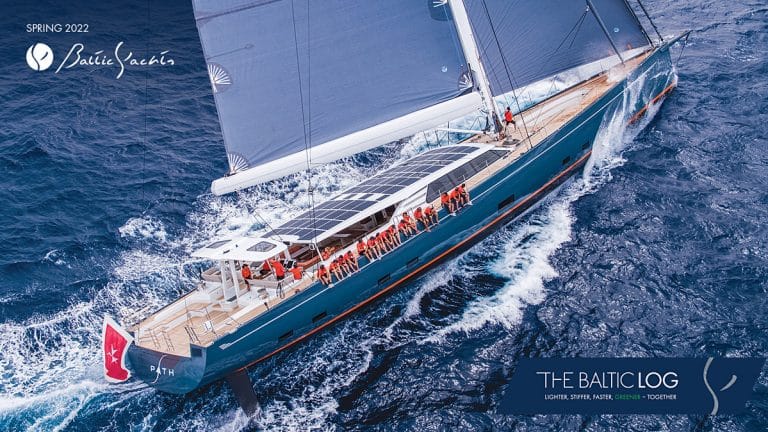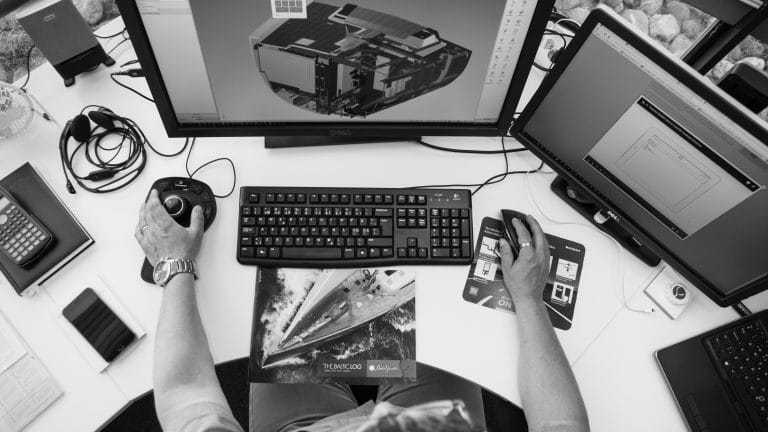
INTERVIEW: ROLAND KASSLIN RETIRES
12 April 2022
Roland Kasslin has been at the heart of what Baltic Yachts stands for throughout his extraordinary career as an engineer. His legacy of innovation is immeasurable. He now steps back for a well-earned retirement, but will remain working for the company in a consultancy capacity
Roland Kasslin, Baltic Yachts’ Head of Research and Development, has retired following a distinguished 43-year career during which he played a fundamental role in the company’s mission to innovate and build Lighter, Stiffer, Faster, Greener yachts – Together.
His abilities as a free-thinking, problem-solving engineer have been behind many of the company’s celebrated innovations and his skill in bringing external expertise to the table to help find ways to develop ideas which, initially, might have looked impossible, has been instrumental in establishing the enviable reputation Baltic Yachts enjoys today.
ACCUMULATED KNOWLEDGE
Roland’s vast accumulation of engineering knowledge, together with a warm, friendly and engaging persona have earned him deep respect and many friends both at home in Finland and throughout the world of yachting and yacht building.
Roland was born 65 years ago in Larsmo, appropriately equidistant between Bosund, where Baltic Yachts was founded, and Jakobstad. He still lives there today. He studied mechanical engineering at the University of Vaasa before completing a year’s national service with the Army in 1977. He was at something of a loss to know what to do when he took a job counting trees, stamping them as he moved through plantations.
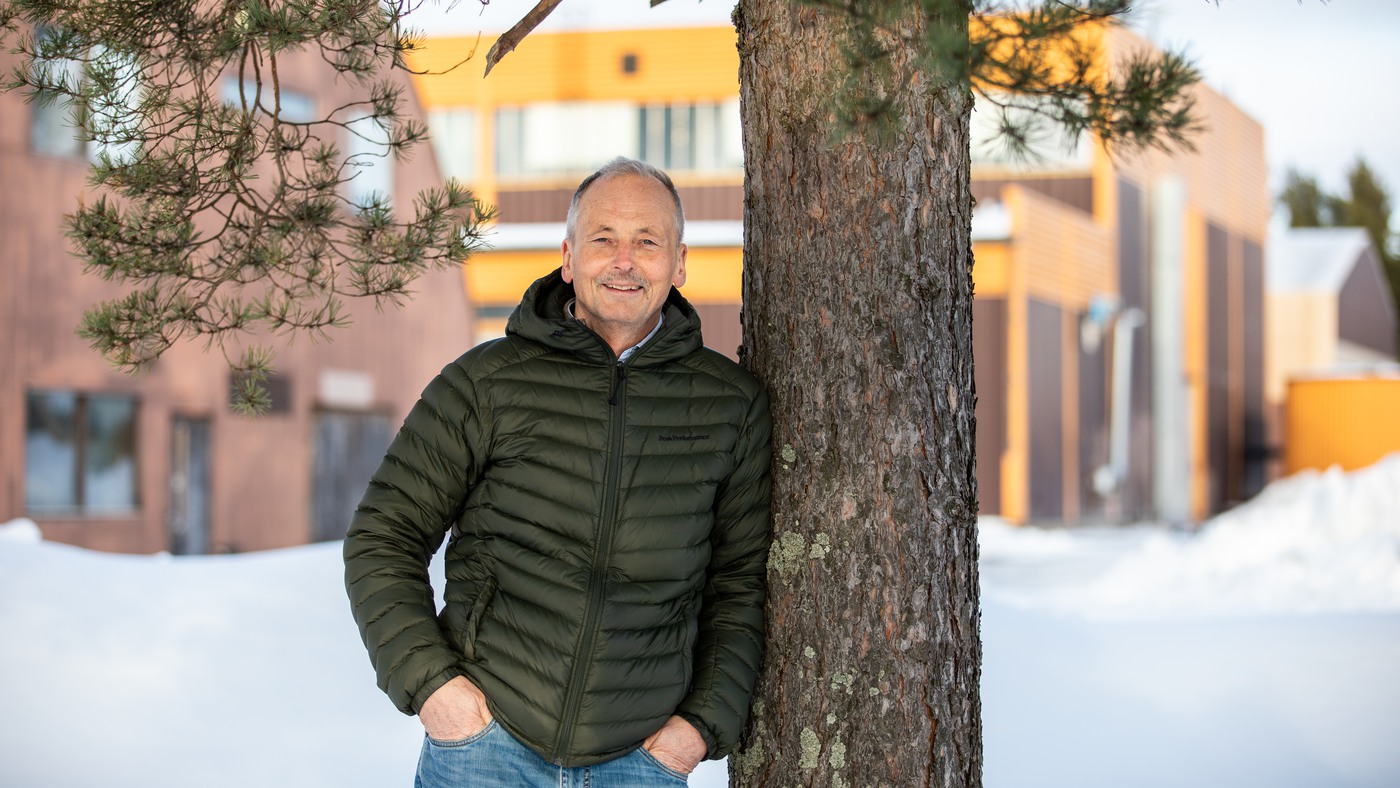
One day I was working in the forest near Bosund and through the trees I saw a factory – Baltic Yachts! explained Roland.
He decided to knock on the door, which was answered by the then production manager Ingmar Sundelin. He asked Roland to contact him later that summer when he anticipated he might be in need of a mechanical engineer. Baltic Yachts duly employed the man who would serve the company extraordinarily well for almost half a century.
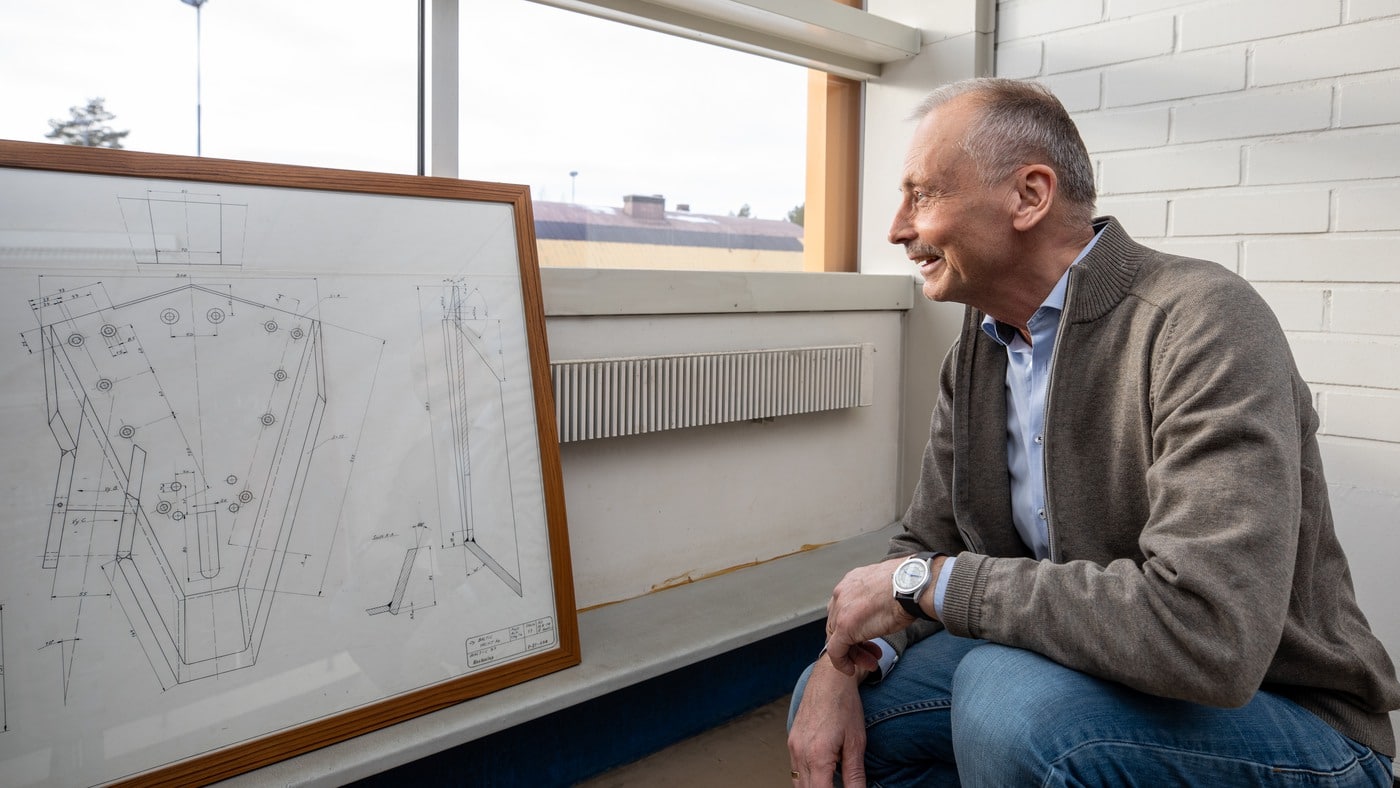
FIRST DRAWING
He worked initially for Tor Hinders, who ran Baltic’s drawing office in Bosund. “He was very relaxed, explained things well and often sketched ideas – he was a real artist,” said Roland, whose first task was to produce the engineering drawing for a stem-head fitting for the Baltic 37.
A key early development in his career was the introduction of epoxy lamination techniques at Baltic in the late 1980s. It followed a training exercise at SP Technologies on the Isle of Wight in the UK, where he met Giovanni Belgrano and Graham Harvey who had evolved better methods of combining resin and reinforcement fibres.
“When we got back to Finland, we all dressed in white overalls and protective gear to keep the process as clean as possible,” said Roland. Among the first yachts to employ this technique were a Baltic 43 Custom in 1982 and the German Frers-designed 81-footer Martela which was lying 4th in the 1989/90 Whitbread Round the World Race when she capsized off South America. She was saved, went on to race under many names and is still sailing successfully today.
In fact, Roland was involved in three Whitbread Round the World Race entries built by Baltic, the others being Kenneth Gahmberg’s Baltic 51 Skopbank of Finland, which raced in the 1981/82 event and the Baltic 55 Equity and Law, Pleun van der Lugt’s Dutch entry in 1985/86.
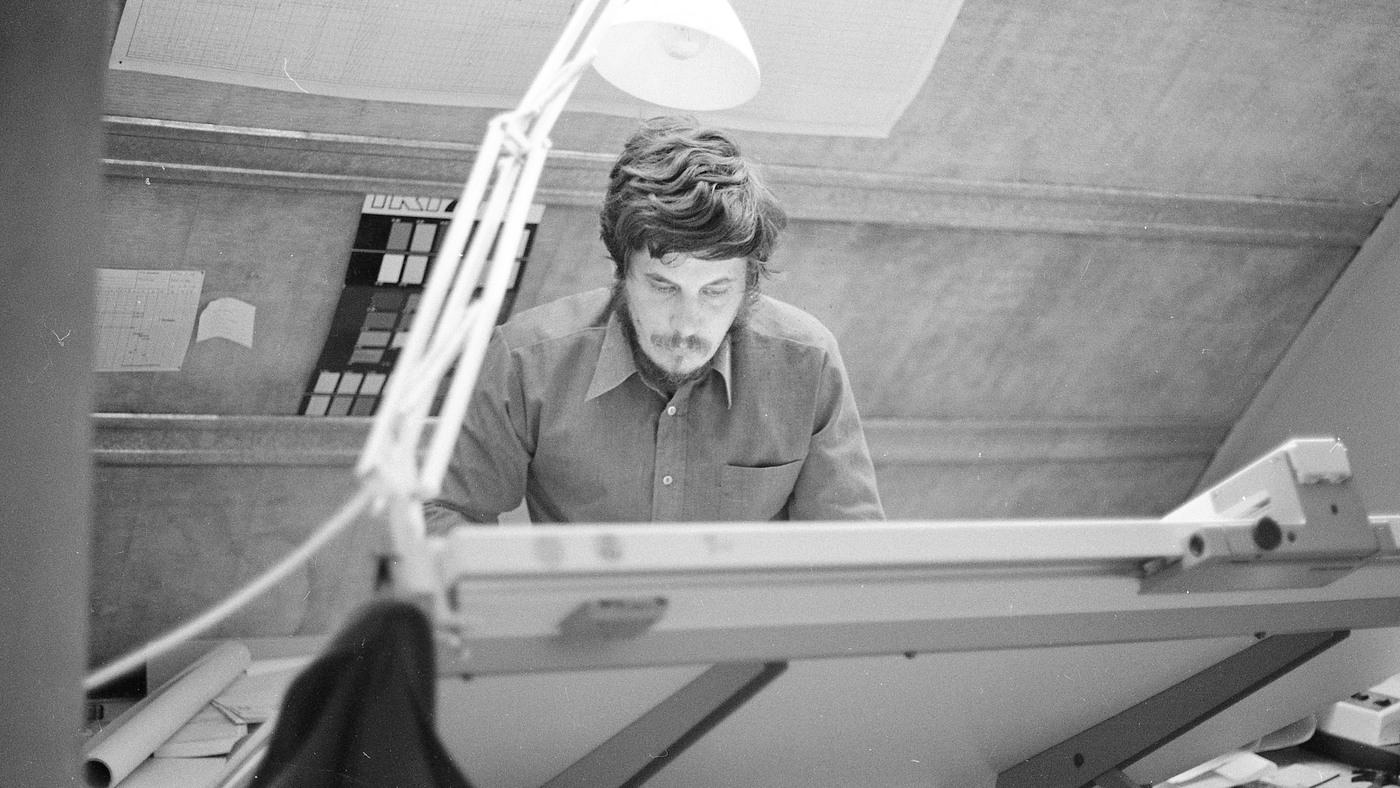
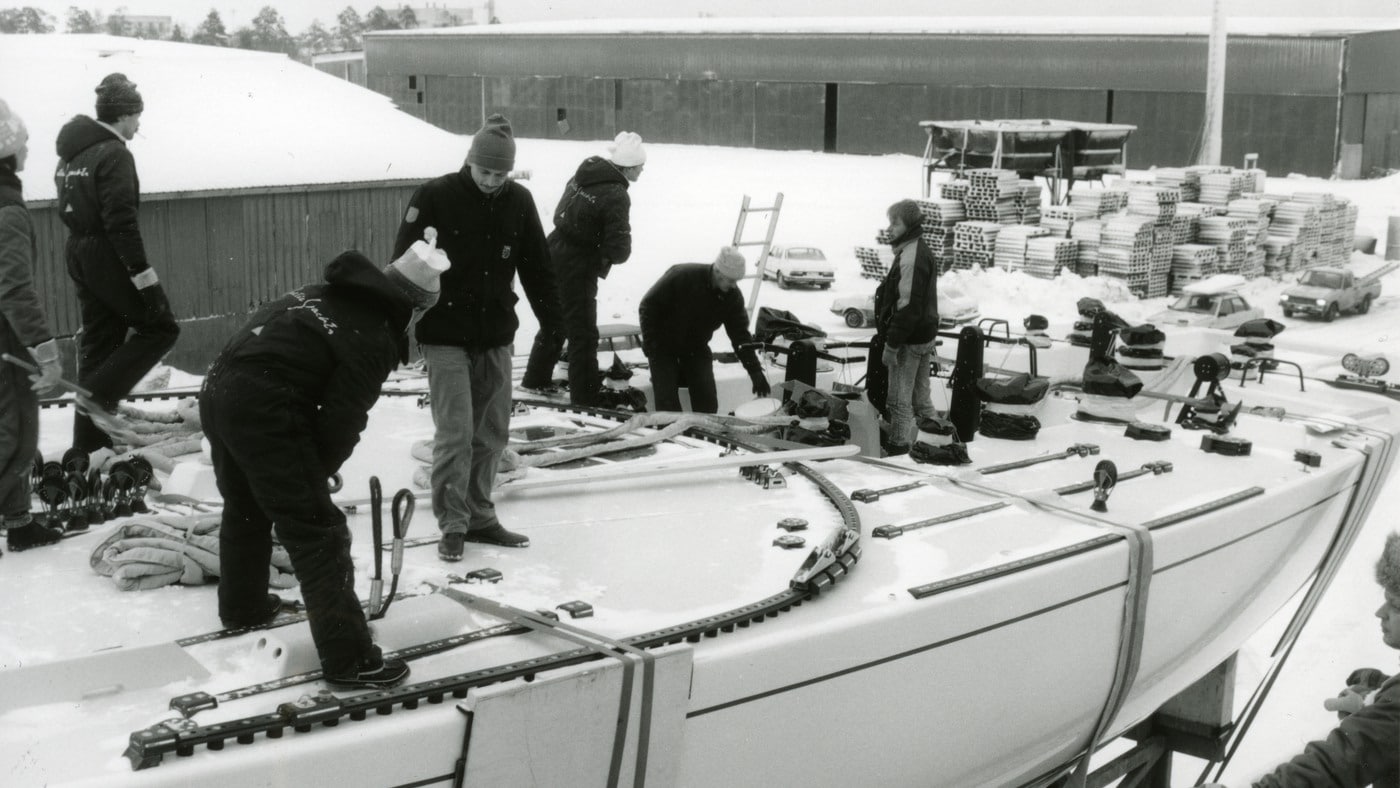
First picture: Tor Hinders, one of Baltic’s founders and Roland’s first boss, working at his drawing board in Bosund in the late 1970s.
Second picture: Baltic 81 Martela, a 1989/90 Whitbread entry, being prepared for shipping as Roland Kasslin (2th left) carries out a final check of cradle lashings.
HEAD OF ENGINEERING DEPARTMENT
Roland subsequently took over Baltic’s engineering department in 1986 prior to a period of considerable change as computerised design replaced hand drawing and Baltic Yachts itself struggled for survival, eventually being taken over to secure its future.
In the early 1990s Roland founded his own company R&J Design with fellow engineer Jan Wikar and although they branched out on their own, close to 100% of their work was for Baltic Yachts. Roland re-joined the company, full time in 2012.
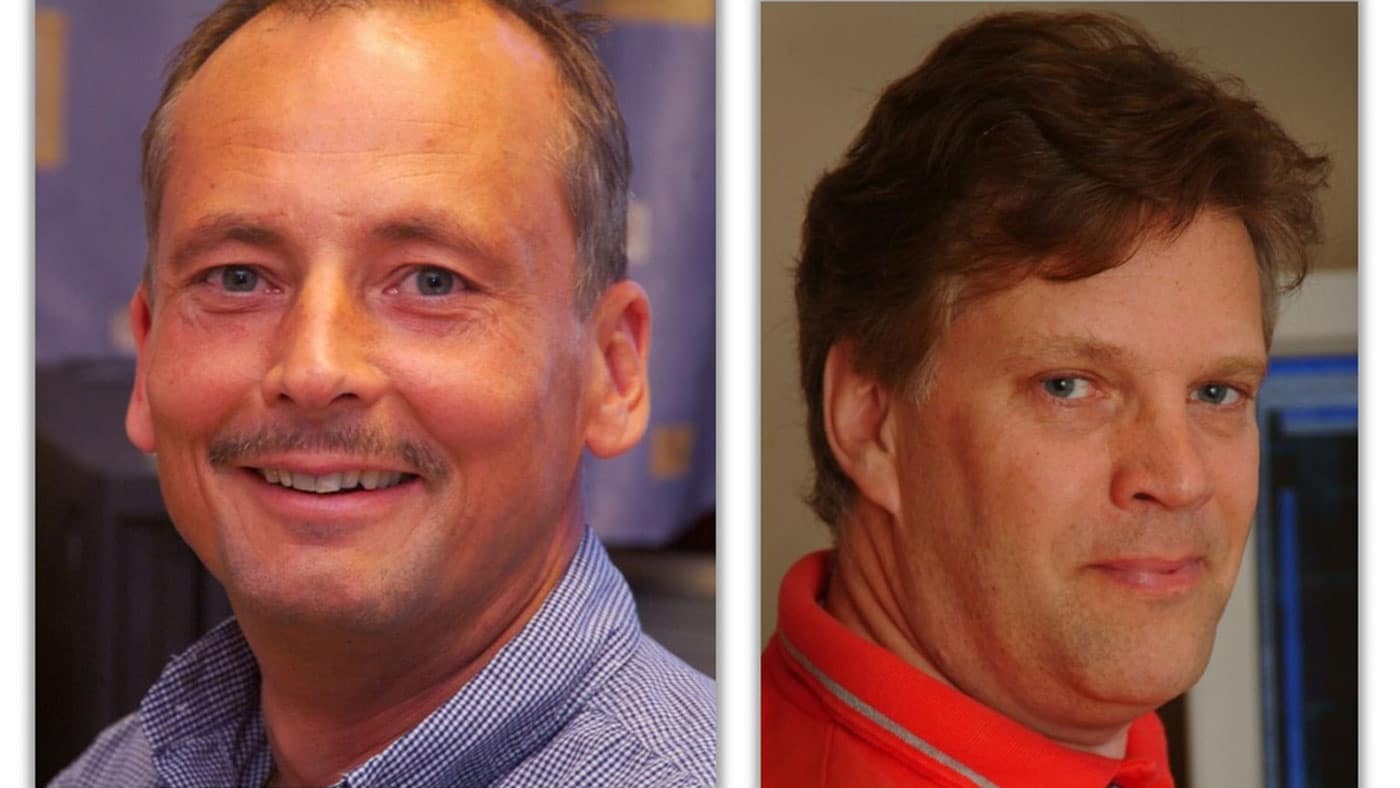
Jan Wikar and Roland Kasslin, who founded R&J Design, pictured here in early 2000.
Towards the end of the last century the emergence of the modern superyacht would completely change the course of Baltic Yachts and employ Roland Kasslin’s engineering skills to the full as the era of customised design and construction gathered pace.
He had already worked on the judel/vrolijk-designed Baltic 87 Anny, launched in 1996, which featured a complex opening transom, dinghy garage and a ramp for launching and retrieval. The hydraulically operated mechanism was a forerunner of many innovations and Roland Kasslin was at the heart of its design.
KEY SUPERYACHTS
In the early 2000s, three significant yachts defined the direction of travel for Baltic Yachts. Baltic 147 Visione was launched in 2002, Baltic 141 Canica in 2003 and Baltic 152 Pink Gin in 2006.
These yachts heralded many new ideas which were developed by Roland Kasslin and his team. “Visione was superlight, of course, but there were many new ideas like the first lifting keel, which was cast here in Finland, a complex submarine anchor system, which we designed, a hydraulic V drive system for Visione and the extensive use of titanium to reduce weight,” said Roland. He admits that of all Baltic’s extraordinary yachts Visione remains his favourite. “She was simply so far ahead of her time,” he said.
The mighty Baltic 197 Hetairos, with her towering ketch rig, vast lifting keel, lifting rudder and neo-classic looks was a significant design and engineering challenge and remains the largest yacht Baltic has built to date.
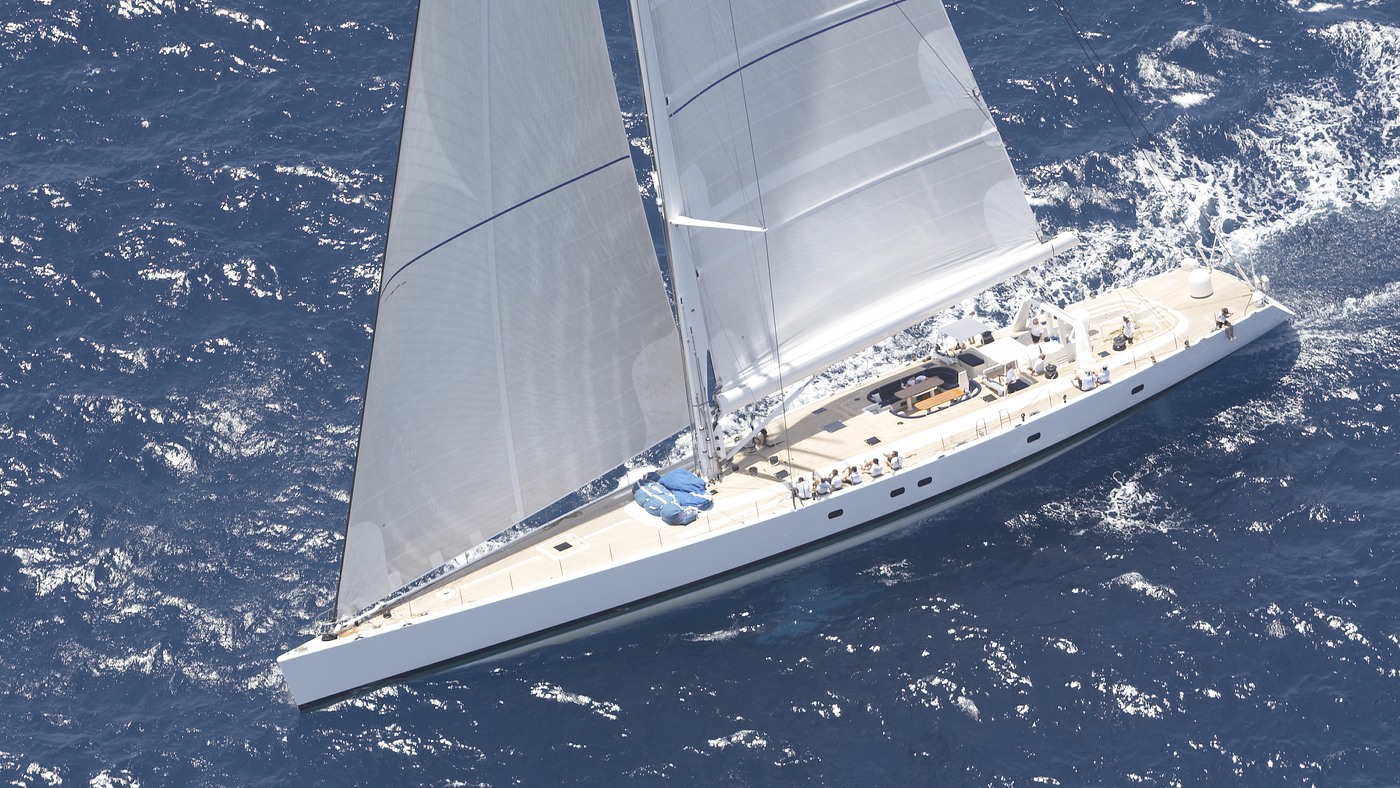
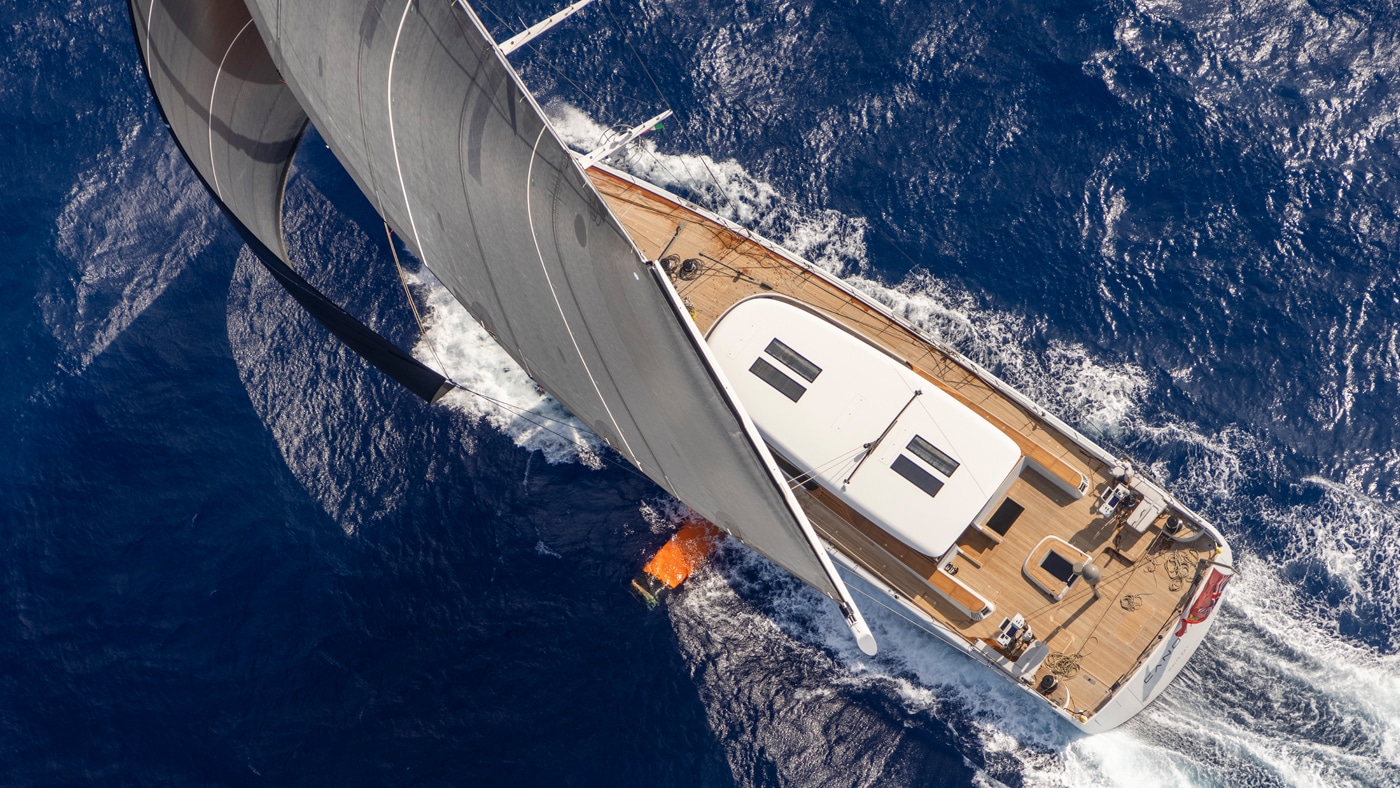
First picture: Baltic 147 Visione, launched in 2002 and ahead of her time in terms of design, remains Roland Kasslin’s favourite yacht.
Second picture: A superyachting first – Baltic 142 Canova with her DSS foil deployed to leeward.
WORKING WITH WORLD’S TOP DESIGNERS
Evaluating the use of new materials and ideas was often done alongside his colleague and fellow engineering innovator at Baltic Yachts, Per-Göran ‘PG’ Johansson, and Roland also worked closely with some of the world’s leading naval architects including judel/vrolijk, Reichel Pugh, Farr Yacht Design, the late Doug Peterson, S&S, Dixon Yacht Design, Bill Tripp and more recently the likes of Botin Partners, Dykstra Naval Architects and Malcolm McKeon.
In recent years, design and engineering has allowed superyachting to be taken to even greater levels of sophistication with Baltic 142 Canova’s ground-breaking sliding hydrofoil and Baltic 175 Pink Gin’s side opening balconies being just two amongst an extraordinary catalogue of innovation.
Baltic‘s RPS (retractable propulsion system), keel and anchoring systems, its Force Feedback Steering System and sophisticated sound deadening techniques are just a selection of features at the heart of which lie Roland Kasslin’s engineering expertise and ability to develop each idea successfully.
ESCAPE TO THE SUMMER HOUSE!
Today, as Roland looks forward to a well-earned retirement, the Design office employs 25 people who are working with highly sophisticated computer programs like ironCAD, Rhino 3D and AutoCAD and networking with designers and manufacturers worldwide.
Among the company’s current engineers is Roland’s son Joakim, who has been working for Baltic Yachts for some years and will now take on some of his father’s responsibilities working closely on laminate weight calculations and other engineering issues.
With three children (two engineers and a teacher) and six grandchildren, Roland will undoubtedly have his hands full in retirement but will have his wife Eivor alongside him with the companionship and support she has provided throughout her husband’s career. Both of them will enjoy escaping to their summer house and motor boat when they can!
But for now, we wish Roland a long and happy retirement and thank him for a legacy which has done so much to establish Baltic Yachts as one of the world’s great yacht building companies.
ROLAND’S KEY ENGINEERING INNOVATIONS
Retractable Propulsion System (RPS) – the ability to retract a yacht’s propeller and shaft into a hull aperture, which closes to leave the surface flush to improve performance. An option is a rotating, retractable propeller leg which transforms manoeuvrability and doubles as a stern thruster.
DSS sliding hydrofoil – the first sliding hydrofoil in a superyacht. The installation of the athwartships Dynamic Stability System cassette and foil was critical to the success of Baltic 142 Canova.
Opening hull doors – Pink Gin’s side-opening access platform and owner’s suite balcony had to be engineered as part of the hull structure and associated load patterns while sailing.
Lifting keels and underwater anchoring systems – most Baltic yachts benefit from a lifting or telescopic keel allowing access to more anchorages and harbours. The hydraulic lifting mechanisms and housings for these structures were first seen at Baltic 20 years ago, as was the underwater anchoring system which keeps foredecks clear, weight aft and aesthetics intact.
Force Feedback Steering System – Baltic’s electronic steering mechanism which not only mimics the ‘feel’ of a yacht under sail at the wheel, but also does away with much of the mechanical steering gear, reducing weight and freeing up space.
TESTIMONIALS
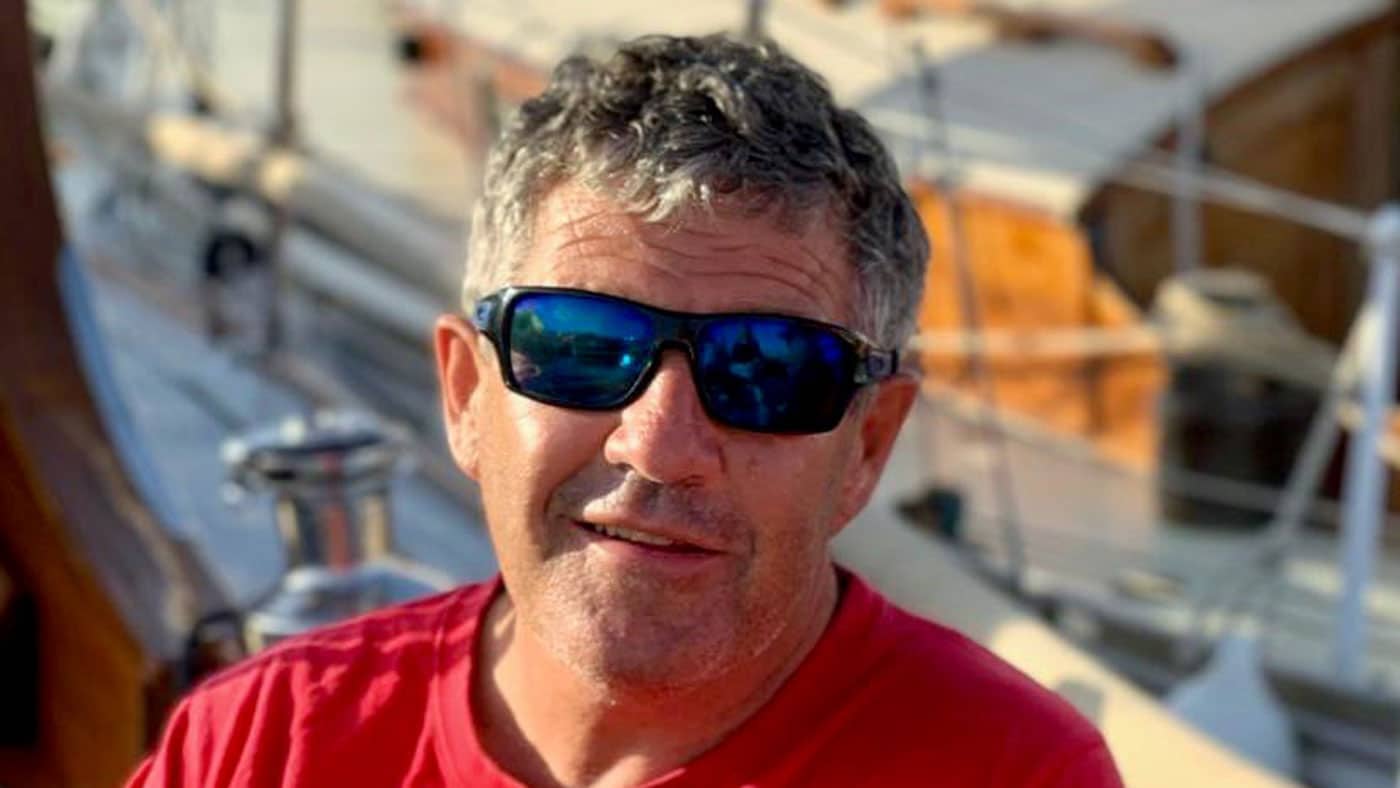
ROLAND’S ‘TEMPLE OF DESIGN’
I first met Roland around 1986, when he arrived as part of the ‘group of 5’ with ‘Janne’ Nyfelt, to visit SP Systems on the Isle of Wight. Both our companies were young, both exploring what could or should be done for the future of yacht construction. We were surprised how determined the Baltic team were to select the highest performance options for production yacht building!
This drive for excellence was obvious from my first visit to Bosund – R&J Design’s office was like a temple where we went to get accurate information.
I still remember letters, then faxes with the R&J design logo, and studying them in detail as we were in trepidation about not coming up to their standard.
Over the years, the projects undertaken with Roland’s guidance and internal checks were constantly demanding higher levels of technology, size, performance and quality.
Roland patiently examined our suggestions, ran parallel checks, and tried to integrate them in the overall design. There were so many phone-calls, faxes and emails, but always with a calm positive smile, no matter how difficult the issues.
It’s hard to imagine Baltic without Roland around to check-in with, so I hope he stays involved. I wish him the very best and a well-earned retirement.
Giovanni Belgrano, Pure Design and Engineering
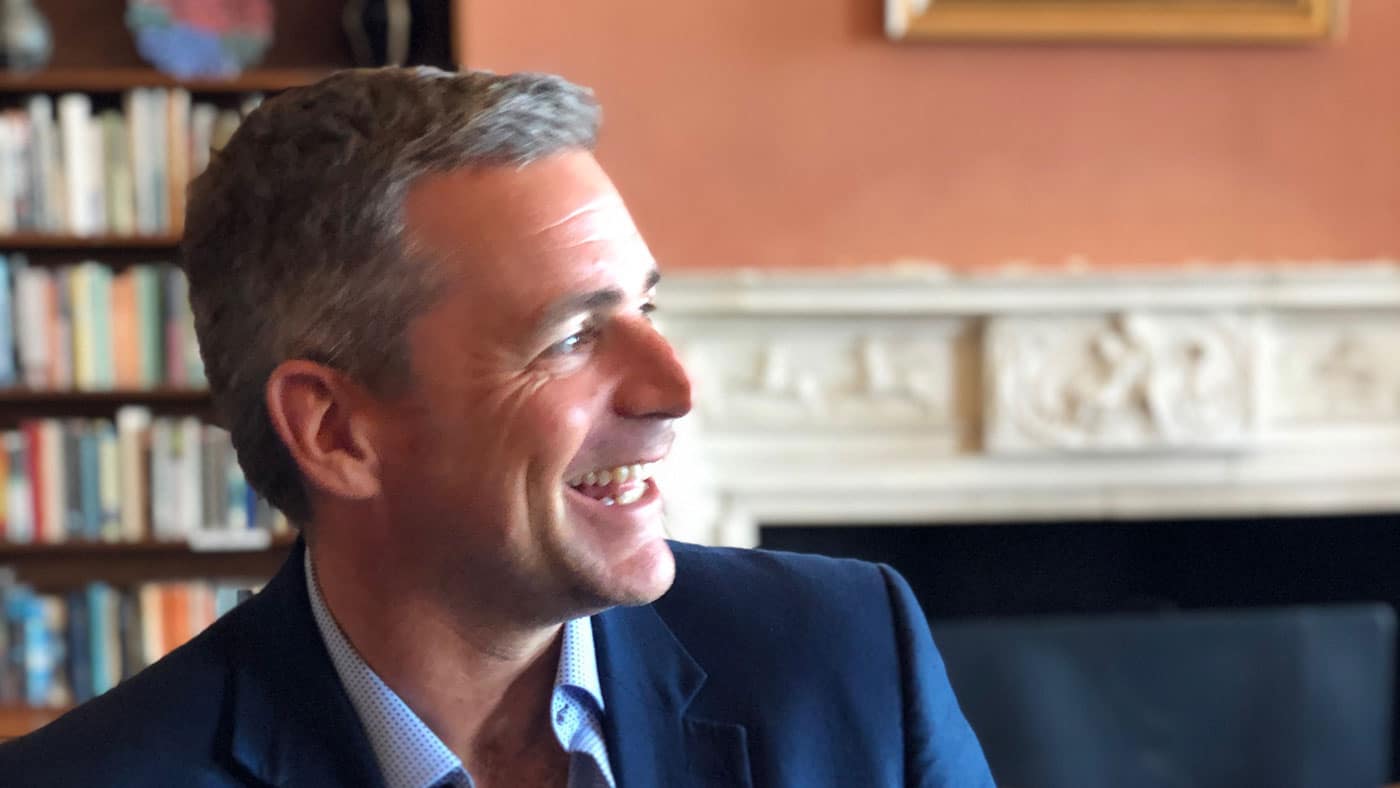
‘SMART AND WISE’
When we first looked at the Dynamic Stability System foil installation in Baltic 142 Canova, we were naturally concerned that the execution should be of the highest standard, as this was by far the largest project we had undertaken. From the first meeting with Roland all concerns disappeared. His preparation work, pre-design and clarity of thought immediately convinced us that we were in good hands. Throughout the execution of the build, in relation to the DSS foil, Roland masterminded the process with aplomb and a high level of intelligence. He was a pleasure to work with. It is a testament to Roland that the DSS was the quickest item to sign off on sea trials, something no one expected at the outset!
I would personally consider Roland to be a truly outstanding person to work with – not only very smart, but wise and that makes all the difference. A gentleman in every respect.
Gordon Kay, Infiniti Yachts and DSS

